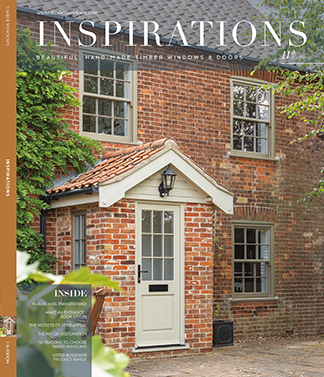The History of Victorian Architecture and What to Consider in Restoring a Victorian Property
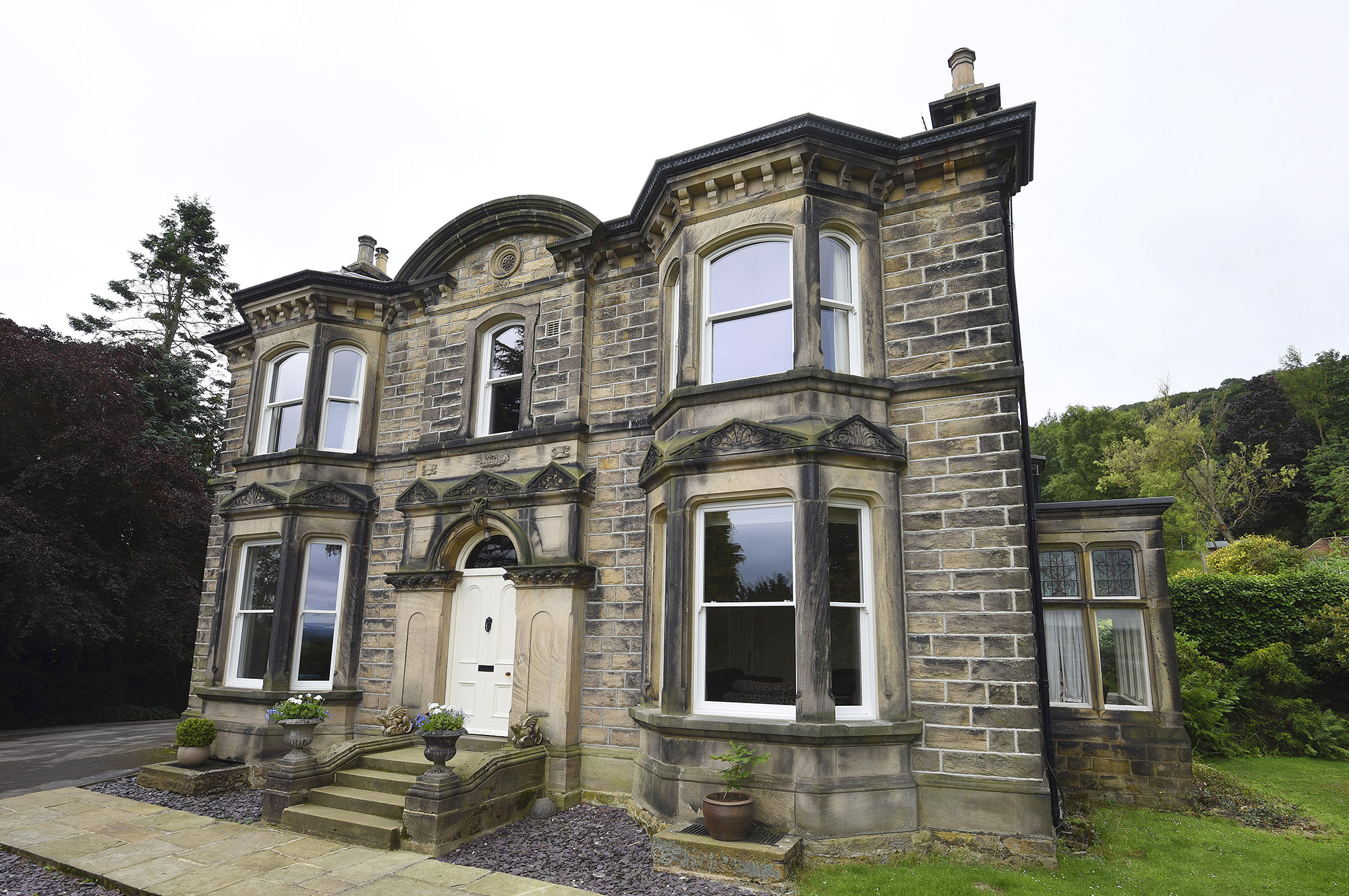
A mixture of architectural styles graces the United Kingdom, from sophisticated Georgian homes to ultra-modern developments. One of the most notable periods of British architectural history is the Victorian era, famous for giving us grand bay windows, stained glass, high ceilings and beautiful fireplaces.
What influenced Victorian architecture?
Spanning the period 1830 to 1901, the 19th century was a time of mass production of properties and increasing wealth. Finances and wealth in the Victorian era were spread across society in the wake of the Industrial Revolution, thus houses became less grand and more accessible. Throughout Queen Victoria’s reign, the appearance of properties changed dramatically and with the Royal Institute of British Architects (RIBA) being formed in 1837, architects began to have more freedom to experiment with styles.
Most Victorian properties were classical, and often quite simple. However, in the middle of the century, this style was challenged by technological innovations, the Arts & Crafts movement, as well as the continued influence of the Gothic Revival. The majority of Victorian properties we see today can often appear with a mixture of these external features.
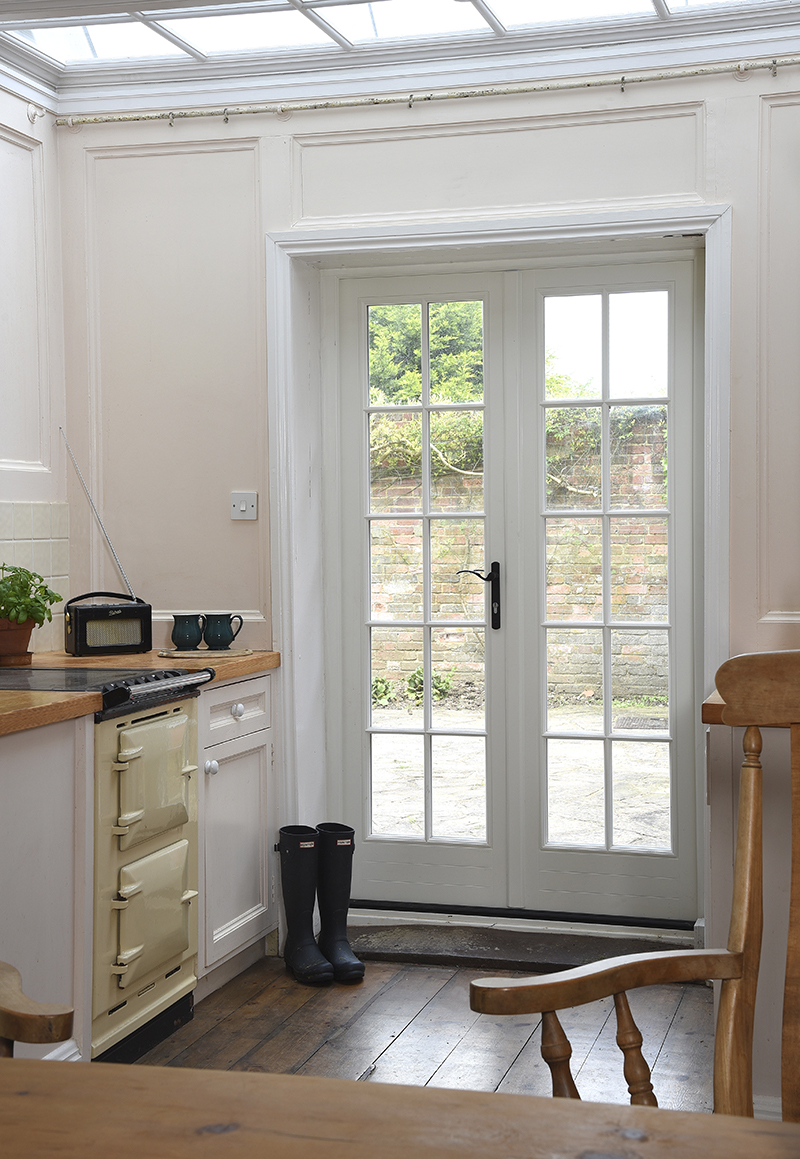
Typical characteristics of the Victorian home
The Victorian property boom had a wide-reaching impact on all areas of the country from terraced houses in inner cities, to grand detached properties with impressive gardens and sweeping driveways. Despite the variation of scale in the properties, they all share similar, distinguishable characteristics.
Stained glass is perhaps the most prolific feature to grace Victorian architecture, both in residential properties and religious buildings. This intricate detailing is still a staple of British heritage today and is a form of art that can both tell a story and enhance the beauty of a setting where it is placed.
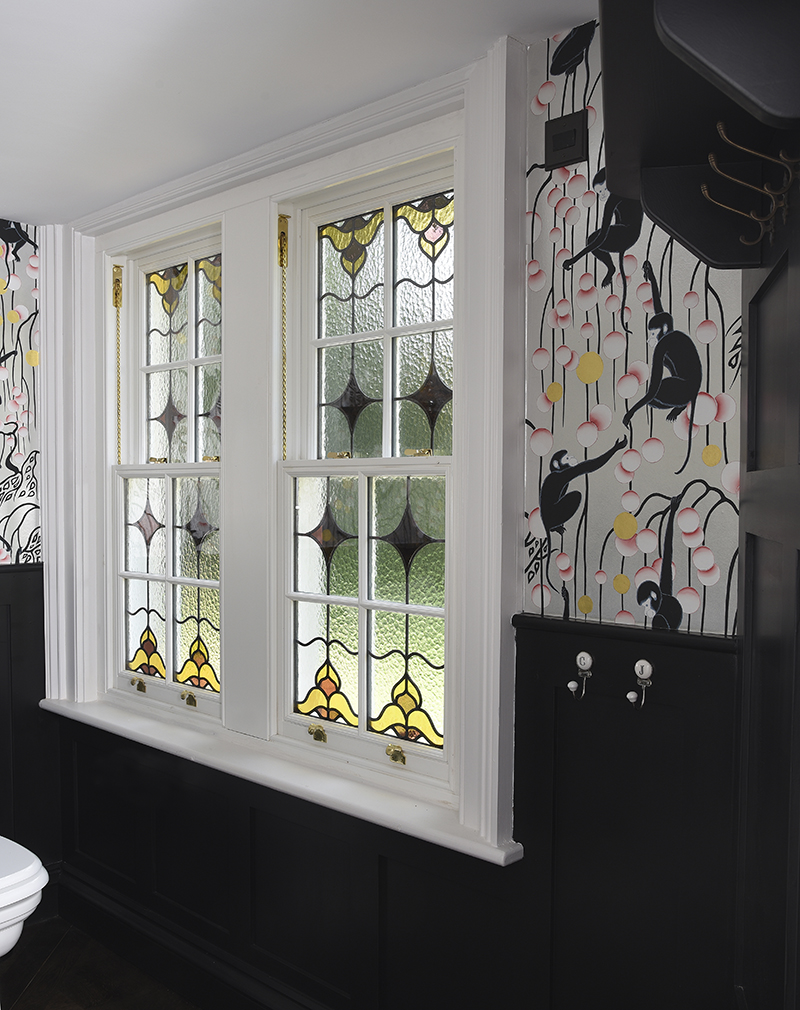
Timber Windows offers a range of decorative glazing options for both windows and doors, adding a unique visual aesthetic to our stunning range, while also providing additional benefits to homeowners such as privacy and individuality.
While offering a range of inspiring stained, decorative and etched glass options, we are also able to create bespoke designs for our customers. For example, if you were seeking an exact replacement of a window in your home that has a unique pattern, our team of experts will be able to replicate this design, ensuring your home retains its heritage.
Another hallmark of British Victorian architecture is the bay window. Whether detached or semi-detached, grand bay windows grace the front of these properties, making for expansive living spaces with lots of natural light. The late Victorian period took advantage of the change in new building regulations and begun presenting their windows in bays. Medium and larger houses would often feature double bay windows as it created the illusion of a larger room.
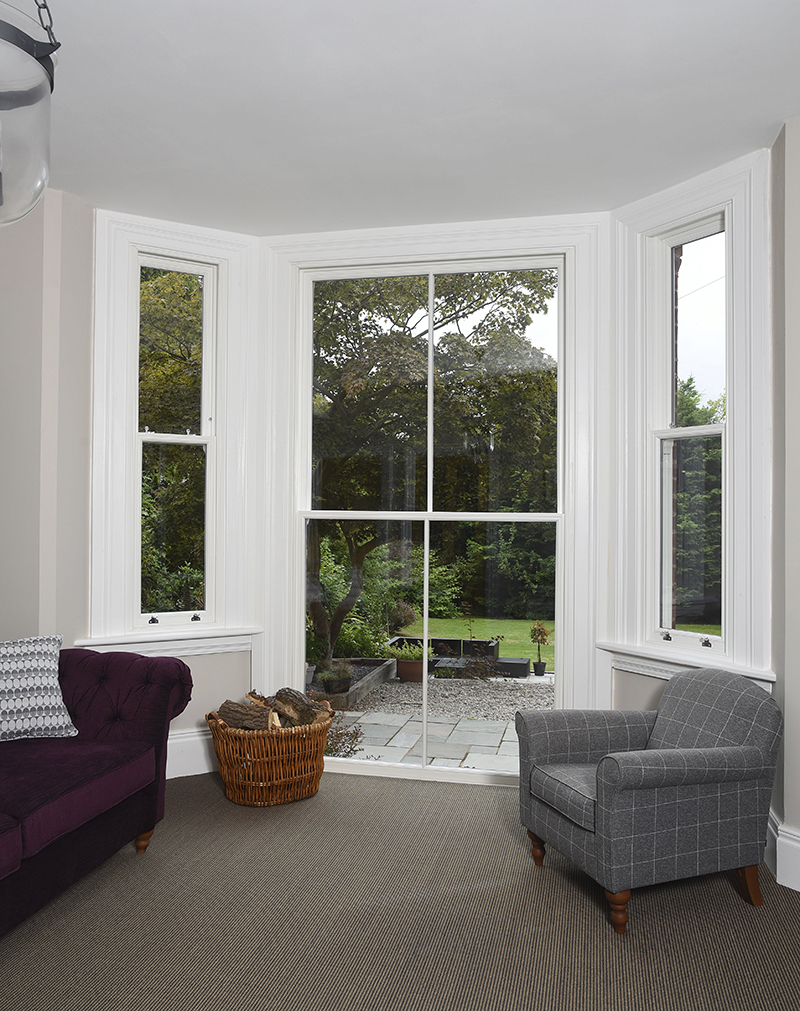
What to consider when restoring a Victorian home
If you live in a Victorian property, you may be thinking about restoring it to its former glory. One of the ways that you can instantly revive your property is with a sympathetic update to your windows and doors. Fortunately, replacing the originals, when the time comes, is a Timber Windows speciality. Our unique collection of sash windows faithfully replicates timeless designs down to the finest details and includes the slimmest traditional box sash available in the UK. This allows you to benefit from 21st century technology without compromising on character.
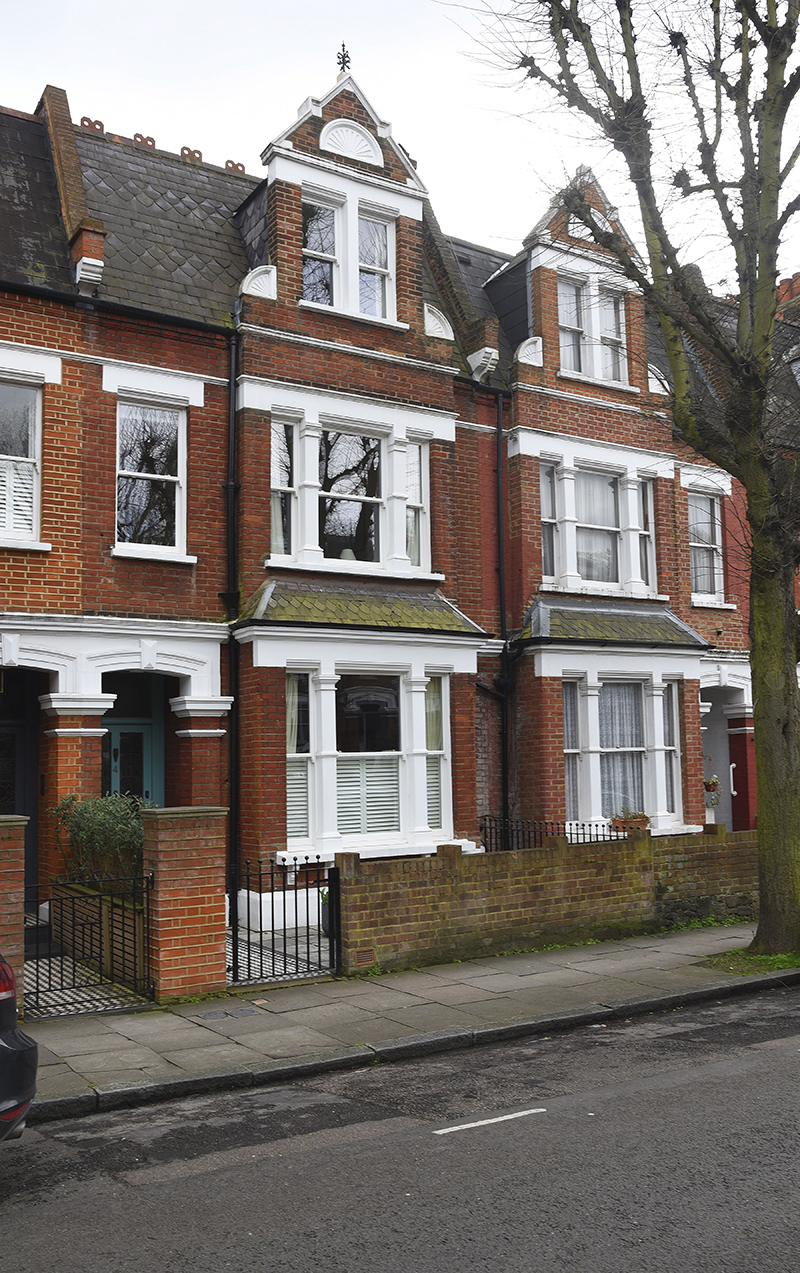
Our timber sash windows are available with traditional chains, cords or a hidden spring mechanism. The use of multi-layer timber resists warping and twisting, keeping your windows functioning beautifully all year round. Enhanced, thermally insulating glass creates glazing units almost twice as effective as ordinary double glazing with internal beading for optimum security.
Another key thing to consider when restoring your Victorian property is replacing your front door. If the original entrance door has been swapped for a cheap, unnatural front door, it’s well worth installing a new door which reflects the period. If you’re unsure what style would look best, try gaining some inspirations from your neighbours’ properties. Solid, panelled doors with glazing featured in the top half are common for architecture of this time. Stained and etched glass was usually a main feature in Victorian designs, so including this feature will add a truly authentic look to your exterior.
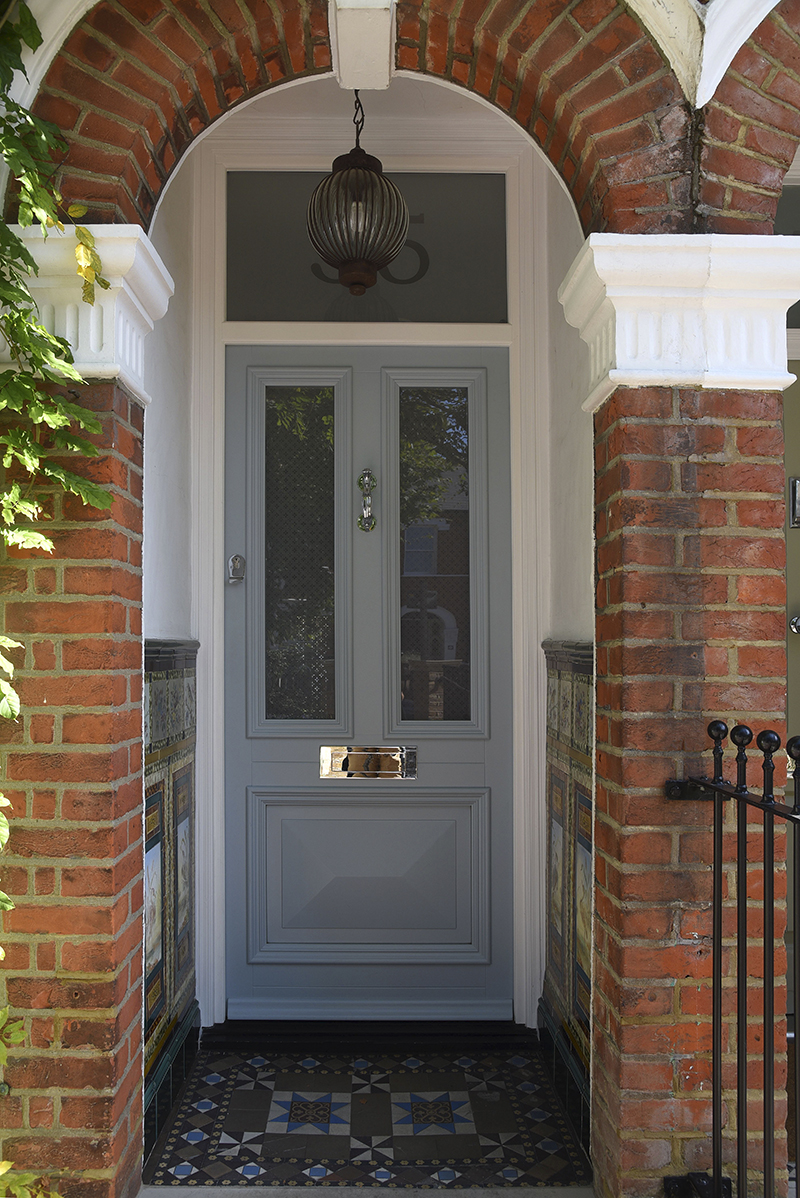
Every room in Victorian properties had a fireplace and more often than not, previous occupants were likely to have covered them up. If you’re looking to restore these features, you may have to call in a local builder to assist you with any structural work. You can also find specialist firms which are able design an authentic replica.
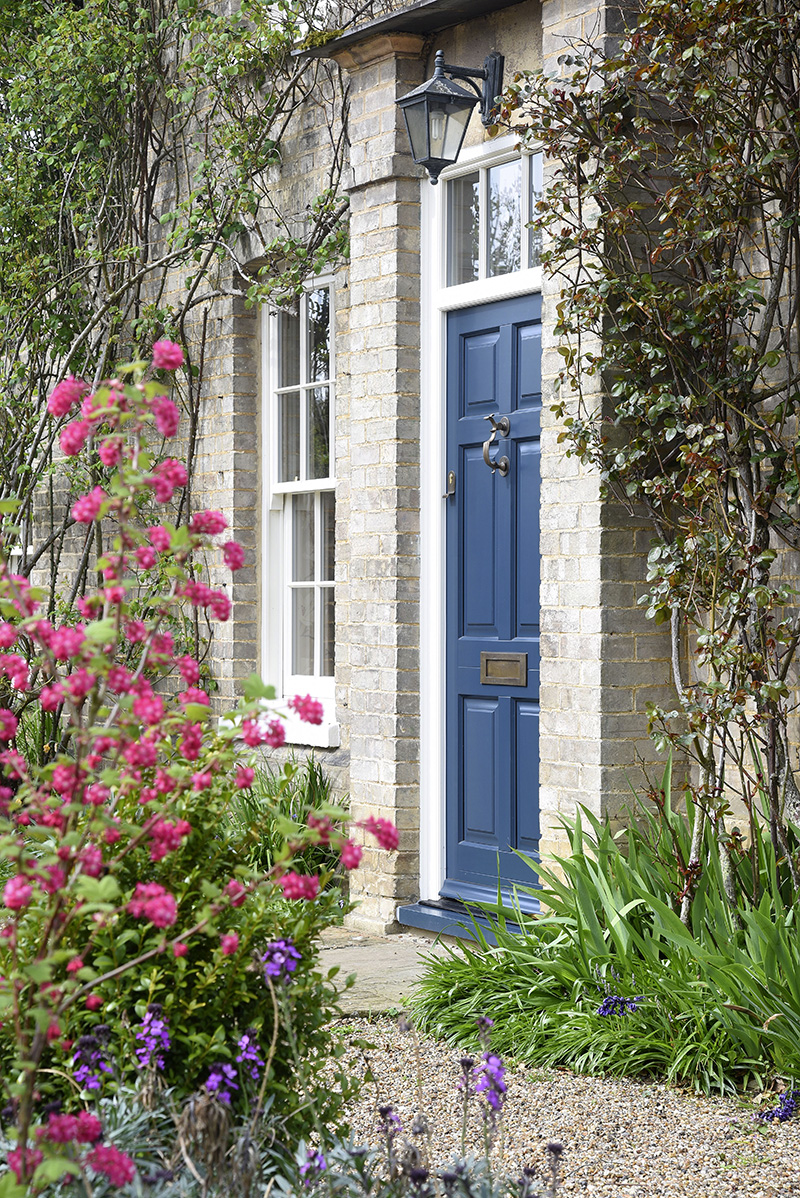
With over 40 stunning showrooms nationwide; many of our glass designs and products are on display to inspect up close. We offer expert guidance to help you make an informed decision, providing an attentive service from initial enquiry to the completion of your project.


